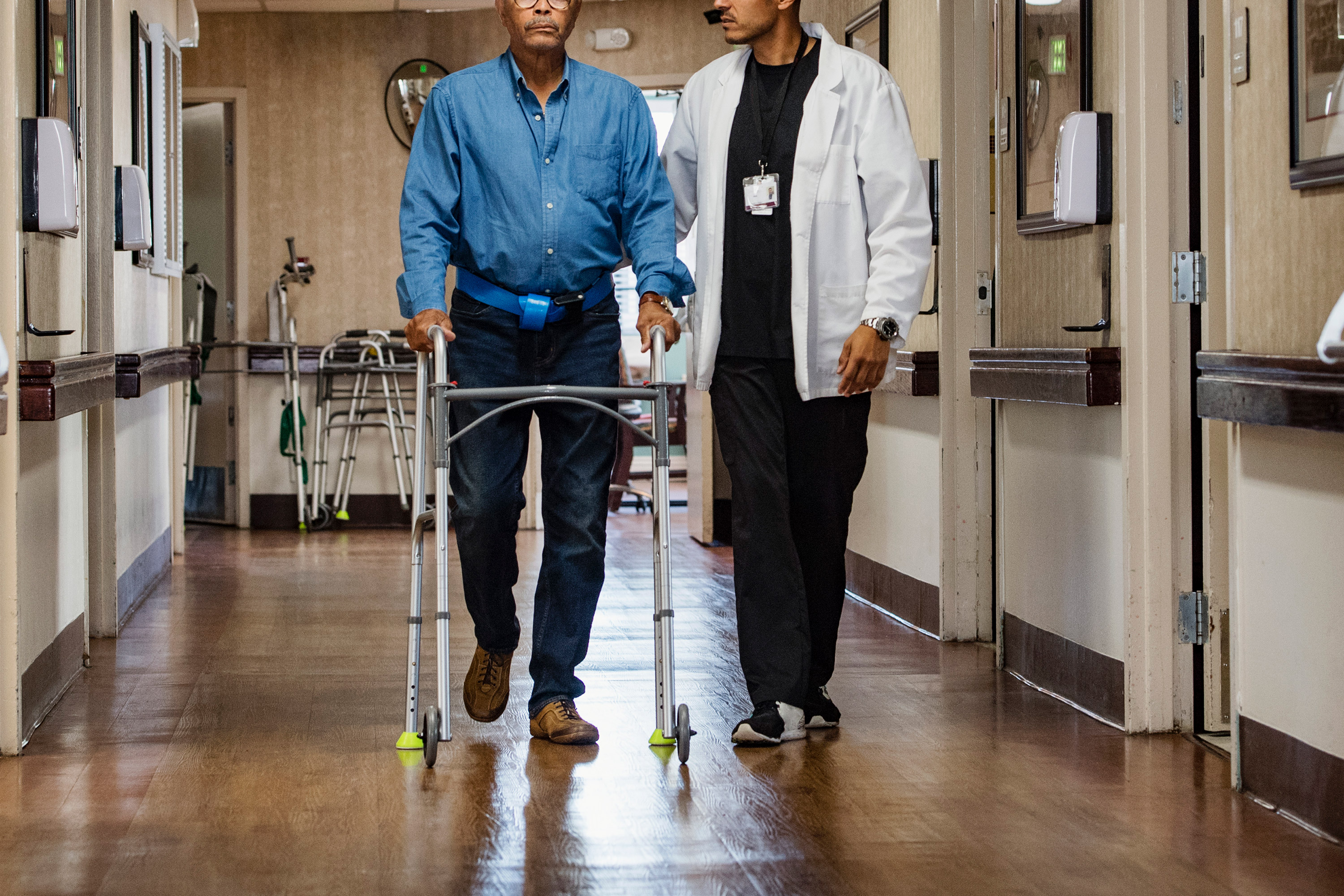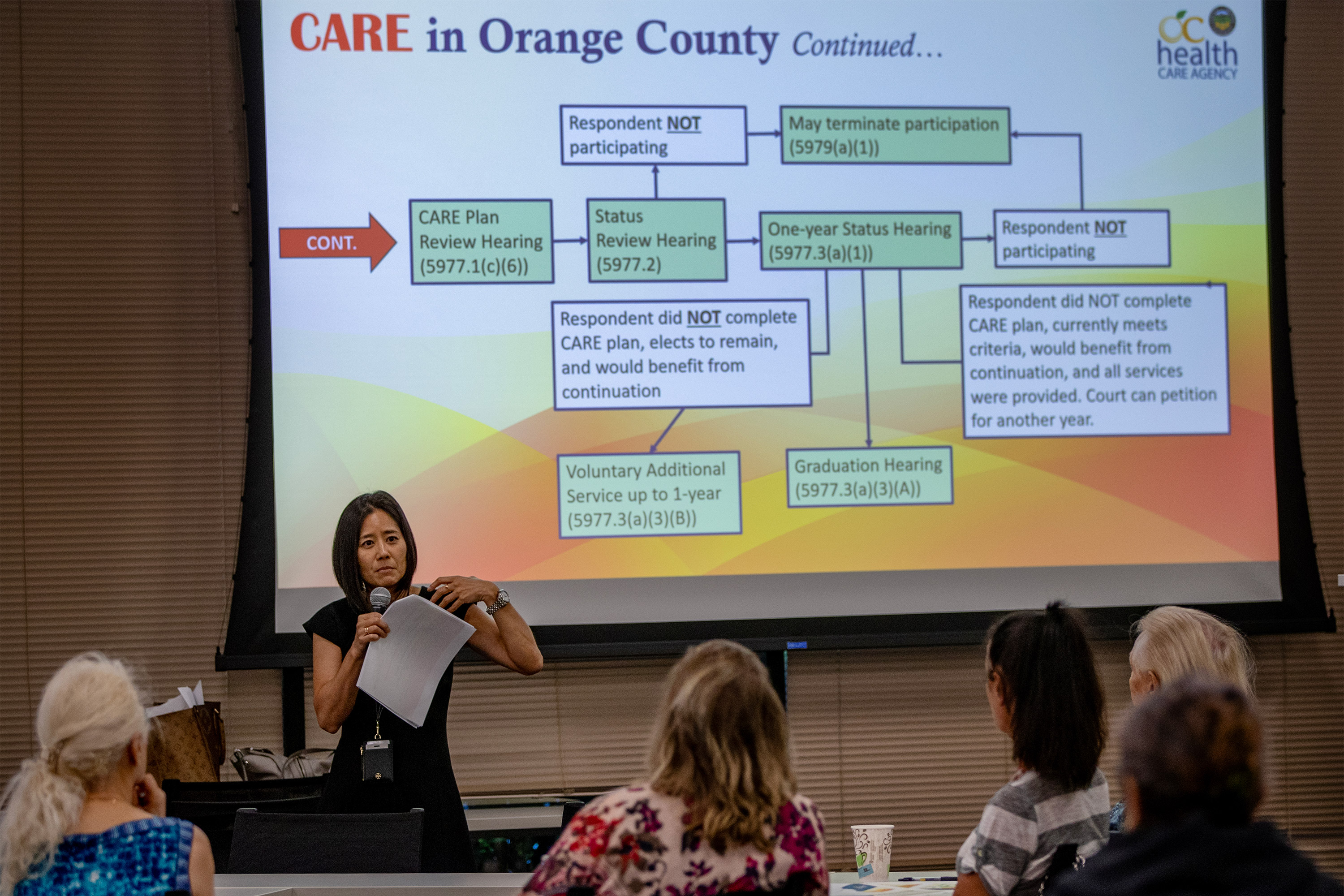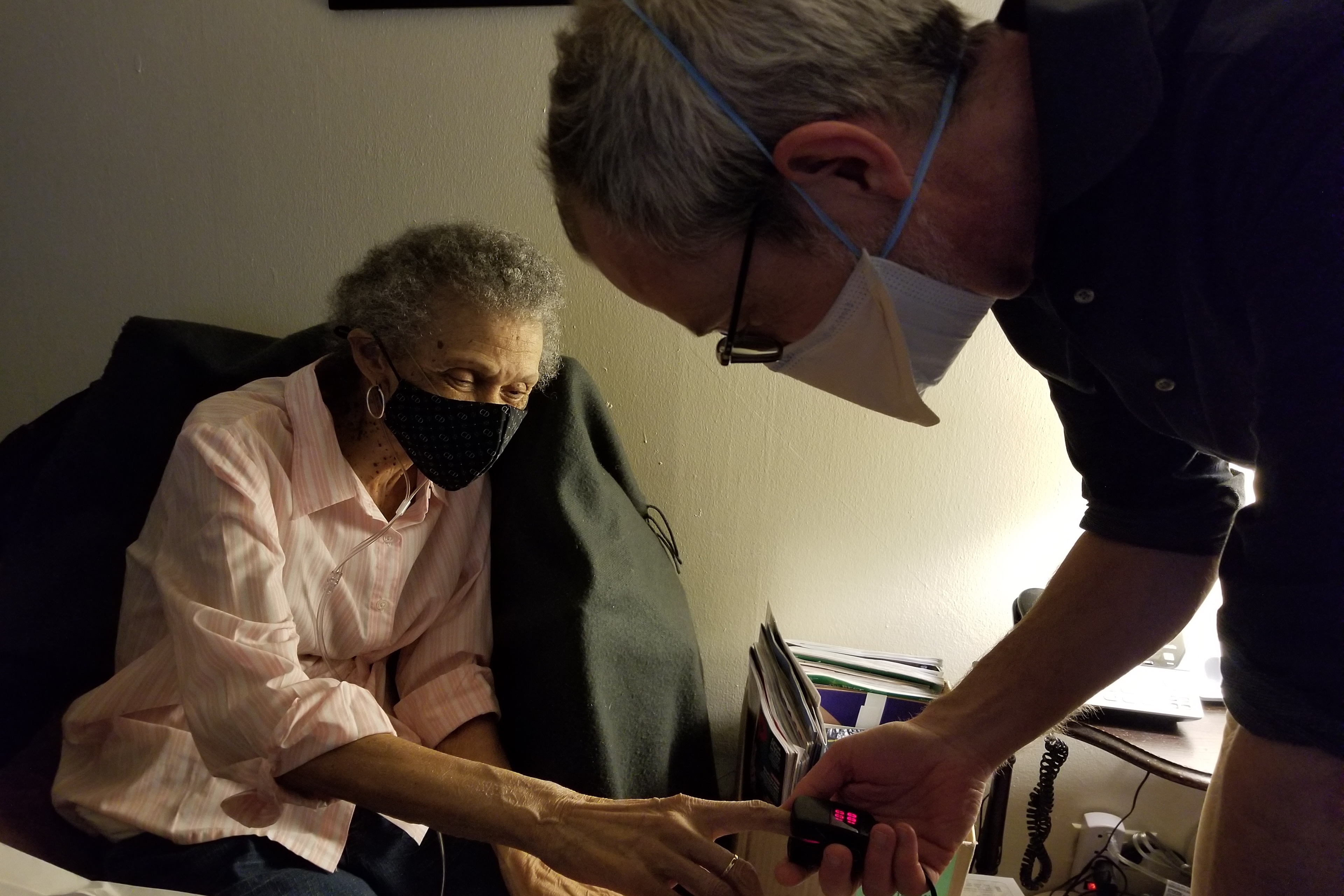We use our feet a lot, so the occasional ache or slight pain is to be expected. But if you have frequent foot pain or foot pain that doesn’t go away, it’s generally a sign that something isn’t working how it should.
There are a number of reasons why your feet may hurt. But if you’ve also noticed or been told that you’re flat-footed, it’s normal to wonder if flat feet are contributing to your pain, and what you can do about it if they are.
Flatfoot, also known as pes planus or fallen arches, is what it sounds like – a condition where the arches of your feet flatten so your entire sole touches the ground. Flatfoot is common and often has no symptoms. However, it can sometimes cause pain and increase your risk of other foot conditions if left untreated. Learn about the causes of flat feet, signs and symptoms to be aware of, and what treatment options are available.
Flat feet can be caused by genetics, health conditions or time
Flat feet occur when the tendons on the bottom of your feet are loose or weak. At birth, most babies actually have flat feet until the tendons in their feet tighten into arches around 3-5 years old. But sometimes, kids can inherit flat feet that persist into adulthood. In these cases, flat feet may be inherited as a standalone trait or as part of a genetic condition that affects bones or tendons, such as a tarsal coalition, osteogenesis imperfecta, Ehlers-Danos syndrome or Marfan syndrome.
It's also common for arches to flatten with age as a result of natural wear and tear, or for them to collapse because of a foot injury. Other risk factors for developing flat feet include:
- Obesity, which puts extra strain on the feet.
- Systemic conditions like arthritis or uncontrolled diabetes, which can affect joints or nerves in the feet.
- Tight Achilles tendons or calf muscles, which limit the mobility of the feet.
On the flip side, flat feet can also contribute to other foot conditions. Without functional arches, other parts of your feet have to work harder, which can strain and damage them over time. This makes preexisting flat feet a risk factor for conditions like plantar fasciitis, Achilles tendonitis and osteoarthritis.
Types of flat feet
There are two main types of flat feet:
- Flexible flat feet have no arch when walking or standing normally but form an arch when standing on tiptoes or not bearing weight. This is the most common kind of flat feet.
- Rigid flat feet cannot form an arch, and the joints of the foot have a limited range of motion. This type of flat feet is rarer and tends to be related to structural issues like a tarsal coalition, which is a fusion of bones in the foot.
How to tell if you have flat feet
If you have flat feet, the soles of your feet fully touch the ground when you put weight on them. Your feet may also turn slightly outward.
Most people with flat feet don’t have any symptoms. But in some cases, there may be pain in the heels or arches that worsens after extended standing or activity. There may also be swelling around the ankles.
Flat feet are diagnosed with an examination and imaging tests
To diagnose flat feet, a doctor will first ask about your symptoms and medical history. Then, they’ll perform a physical exam to evaluate what your feet do with and without weight on them, as well as the way you walk and how flexible the joints in your foot are. To determine the type and cause of your flat feet, your doctor may order imaging tests to look at the bones and tendons in your feet.
Fixes for flat feet
Treatments for painful flat feet mainly focus on managing the symptoms they cause. This can be done in a number of ways:
Medicines for flatfoot-related pain
Over-the-counter pain medicines like aspirin, ibuprofen and naproxen can help relieve both pain and inflammation related to flat feet.
Supportive footwear and inserts for flat feet
Pain from flat feet can often be reduced by using footwear or devices that compensate for the lack of arch in your foot. Good footwear for flat feet provides arch support, a wide toe box and a rigid heel counter, which stabilizes the heel of your foot. Similar benefits can be achieved using over-the-counter or custom orthotics (inserts), such as heel pads, arch supports and ankle braces.
Corrective exercises for flat feet
If your flat feet are related to tightness or weakness in the tendons of your feet, stretching and strengthening exercises can help correct them. For example, if you have tight Achilles tendons or calf muscles, a consistent stretching program may reduce pain and other symptoms while restoring mobility. Similarly, exercises like calf raises or pulling and pushing a towel across the floor by flexing your toes can help strengthen weak tendons on the bottom of your feet.
While you can do stretching and strengthening exercises on your own, a physical therapist can design a program specifically tailored to your case. This can be especially helpful if you’re an athlete or your flat feet are related to overuse or an injury.
Other treatments for flat feet
If other treatments aren’t effective or pain from flat feet interferes with daily activity, your doctor may recommend surgery. The type of surgery will depend on the underlying cause, but may include:
- Repairing or lengthening tendons
- Transferring tendons to create a new arch
- Fusing a joint into a better position
- Realigning bones to better fit a joint
Talk with a podiatrist if you have flat feet and foot pain
If you have foot pain that’s frequent or doesn’t go away, it’s time to talk with an expert. Even if you’re confident that you have flat feet, getting evaluated by a podiatrist is the only way to know if they’re the main cause of your pain. A podiatrist’s diagnosis and treatment recommendations can address any underlying factors and give you a clear path back to moving comfortably.



















 English (US) ·
English (US) ·